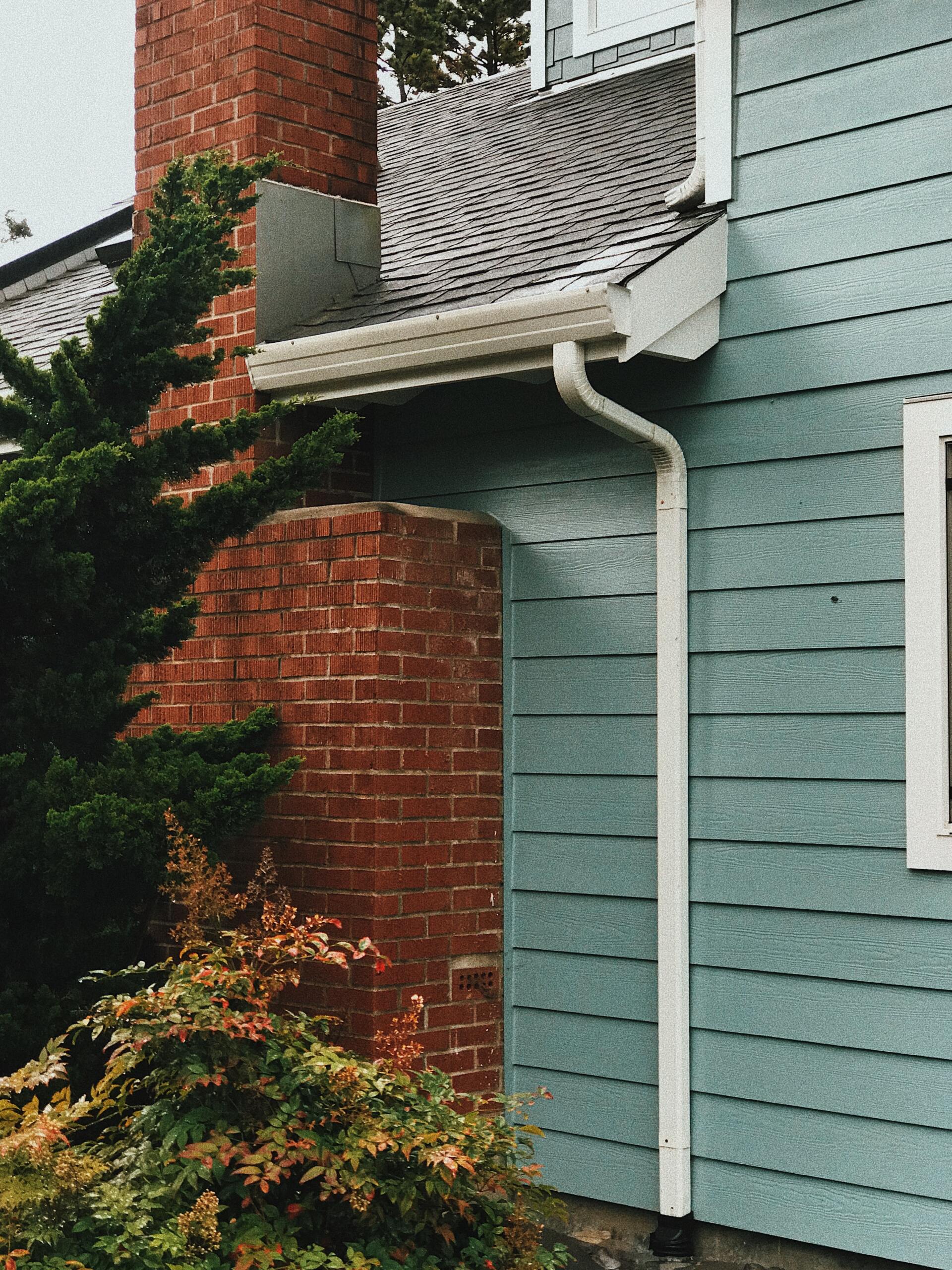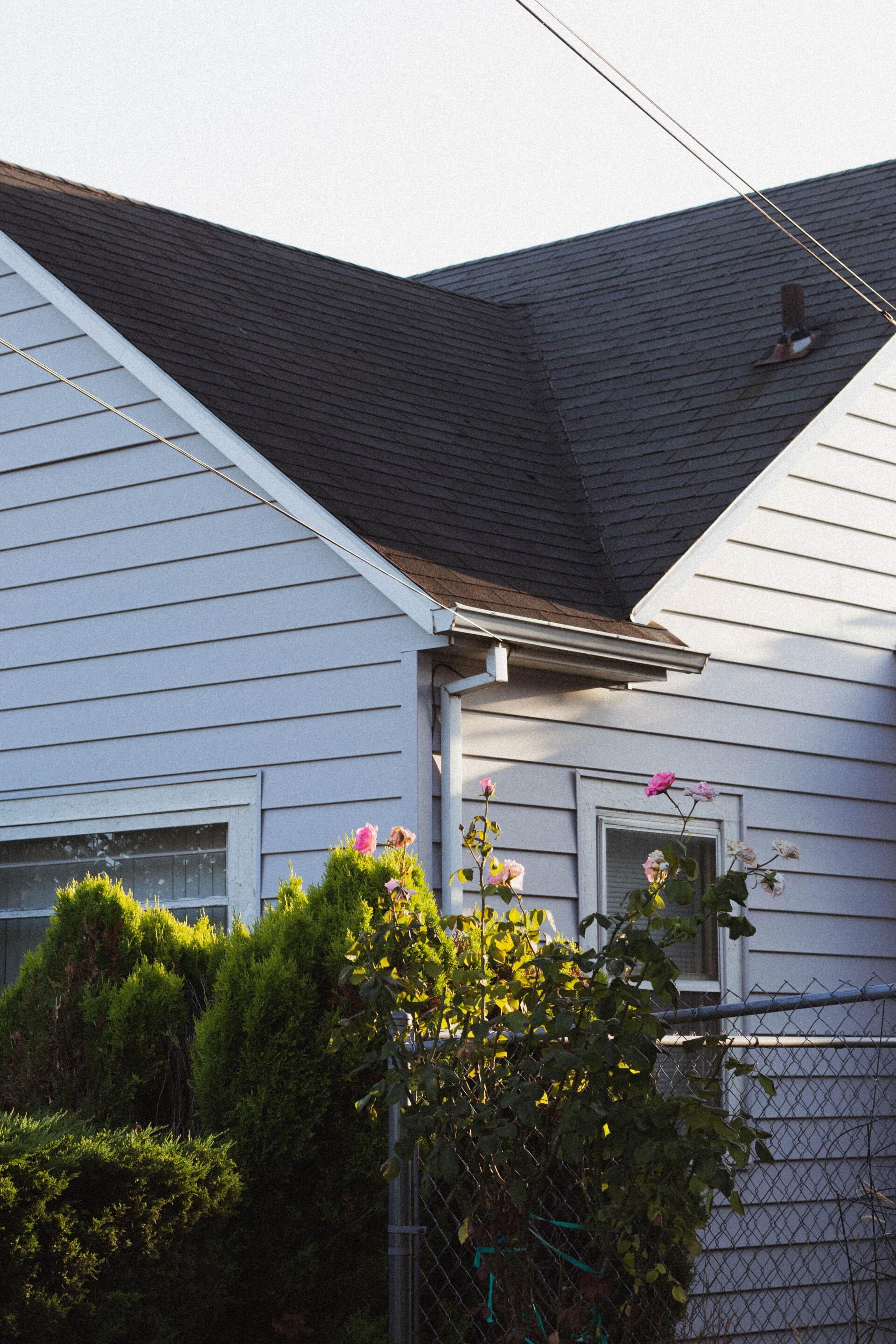Roof flashing is an essential component of any roofing system. It is designed to prevent water from penetrating the roof and causing damage to the underlying structure. In this blog, we will explore what roof flashing is, why it is important, and how it works.
What is roof flashing?
Roof flashing refers to a series of metal or plastic strips that are installed on the roof at key points, such as around chimneys, skylights, vents, and valleys. These strips are designed to provide a watertight seal around these areas and prevent water from seeping through the gaps and causing damage to the roof and underlying structure.
There are several types of flashing materials, including lead, copper, aluminium, and plastic. The type of flashing used will depend on the roofing material, the climate, and other factors.
Why is roof flashing important?
Roof flashing is an essential component of any roofing system because it helps to prevent water damage. Water is the most common cause of damage to roofs, and once water penetrates the roof, it can cause a range of problems, including:
- Roof leaks
- Damage to the underlying structure
- Rot and decay of wooden elements
- Mould and mildew growth
- Reduced energy efficiency
By providing a watertight seal around key areas of the roof, flashing helps to prevent water from seeping through and causing damage. This can extend the life of your roof and save you money on repairs and replacements.
How does roof flashing work?
Roof flashing works by creating a barrier between the roofing material and the elements. When water hits the flashing, it is directed away from the vulnerable areas and towards the gutters, where it can be safely removed from the roof.
There are several types of roof flashing, including:
- Step flashing: This type of flashing is used around chimneys, walls, and other vertical surfaces. It consists of a series of L-shaped metal or plastic strips that are installed in a stair-step pattern to create a watertight seal.
- Valley flashing: Valley flashing is used in areas where two roof surfaces meet, such as the junction of two sloping roofs. It consists of a metal or plastic strip that is installed in the valley to create a watertight seal.
- Drip edge flashing: Drip edge flashing is installed along the edge of the roof to prevent water from seeping into the roof deck or fascia board.
- Vent pipe flashing: Vent pipe flashing is used around vent pipes to prevent water from entering the roof at this vulnerable point. It consists of a rubber boot that is fitted over the vent pipe and sealed with roofing cement.
In summary, roof flashing is an essential component of any roofing system. It helps to prevent water from penetrating the roof and causing damage to the underlying structure. By creating a watertight seal around key areas of the roof, flashing can extend the life of your roof and save you money on repairs and replacements. If you're in the process of installing a new roof or replacing an old one, be sure to discuss your flashing options with your roofing contractor to ensure that your roof is protected from water damage.


